Exploring Gases: Types, Applications
Gases are integral to life and industry, shaping everything from the air we breathe to the technologies that drive modern progress. Despite their invisibility to the naked eye, gases are the foundation of numerous scientific and industrial breakthroughs. For example, nitrogen is vital for creating an inert atmosphere in various chemical processes, while oxygen is critical for combustion and medical applications. This article delves into the diverse types of gases, their specifications, applications, and the fascinating processes by which they are produced.
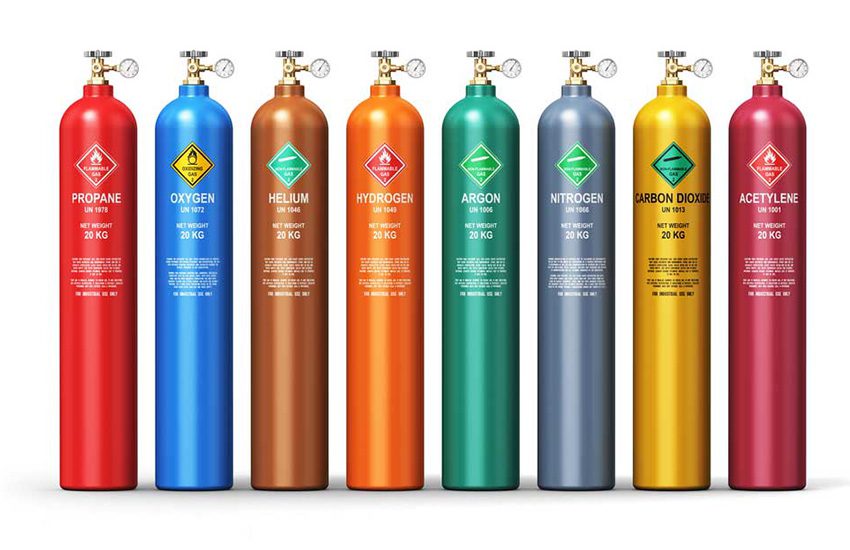
Types of Gases
Gases can be broadly categorized based on their occurrence in nature or their specific industrial applications. Below are the primary classifications:
1. Atmospheric Gases
These are gases that naturally occur in the Earth’s atmosphere, comprising the air we breathe and supporting essential life processes:
- Nitrogen (N₂): Making up 78% of the atmosphere, nitrogen is a non-reactive, inert gas. It is used extensively in industries such as food preservation (to prevent oxidation), electronics manufacturing (to provide a clean atmosphere), and chemical processes.
- Oxygen (O₂): Comprising 21% of the atmosphere, oxygen is critical for respiration in living organisms and supports combustion in industries like steelmaking, metal production, and wastewater treatment.
- Argon (Ar): This noble gas makes up 0.93% of the atmosphere. Due to its inert nature, it is widely used as a shielding gas in welding to prevent oxidation and in the production of high-quality stainless steel.
- Carbon Dioxide (CO₂): Essential for plant photosynthesis, CO₂ has broad industrial applications, including in the food and beverage industry (carbonated drinks), fire suppression, and refrigeration (as dry ice).
2. Industrial Gases
These gases are produced for specific industrial applications and play an essential role in manufacturing, energy production, and chemical processes:
- Hydrogen (H₂): Known for its clean-burning properties, hydrogen is used in fuel cells for electric vehicles, hydrogenation processes in the food industry, and as a precursor in ammonia production for fertilizers.
- Acetylene (C₂H₂): With a flame temperature exceeding 3,000°C, acetylene is commonly used in cutting, welding, and brazing metal components in industries such as construction and automotive manufacturing.
- Ammonia (NH₃): A key ingredient in fertilizers, ammonia is essential for global agriculture, improving crop yields and soil quality.
- Helium (He): Helium’s low boiling point makes it indispensable in cryogenic applications, such as MRI machine cooling, and in aerospace technology, where it is used to pressurize rocket fuel tanks.
3. Specialty Gases
Specialty gases are high-purity gases with specific and often niche applications in scientific and industrial fields:
- Sulfur Hexafluoride (SF₆): A highly effective dielectric gas, SF₆ is used in electrical insulation systems for high-voltage equipment, preventing electrical arcing.
- Xenon (Xe): This gas is utilized in advanced medical imaging (e.g., CT scans) and satellite propulsion systems, due to its unique properties.
- Neon (Ne): While primarily known for its bright glow in advertising signs, neon also has applications in high-voltage indicators and in certain types of lasers.
4. Fuel Gases
These gases are combustible and widely used in energy production and other applications requiring heat or power:
- Methane (CH₄): The primary component of natural gas, methane is used extensively in electricity generation, heating, and as a cleaner alternative to coal in industrial and residential applications.
- Propane (C₃H₈): Stored in portable tanks, propane is a versatile fuel for heating, cooking, and fueling vehicles and machinery in areas lacking natural gas infrastructure.
- Butane (C₄H₁₀): Commonly used in portable stoves, lighters, and as a gasoline additive, butane is valued for its ability to enhance fuel efficiency.
5. Medical Gases
Medical gases are crucial in healthcare settings for patient care, diagnostics, and life support:
- Oxygen (O₂): Oxygen therapy is administered in hospitals for patients with respiratory distress and is essential in critical care settings.
- Nitrous Oxide (N₂O): Known as “laughing gas,” nitrous oxide is commonly used in dentistry and surgery for its analgesic and anesthetic properties.
- Medical Air: A mixture of gases, purified medical air supports life-support systems such as ventilators in hospitals and emergency settings.
6. Standard Gases
Standard gases are widely recognized in scientific, industrial, and analytical contexts. They are typically used for calibration and quality control purposes:
- Helium (He): Utilized in scientific research and cryogenics, helium is essential for cooling superconducting magnets and as a non-reactive atmosphere in various applications.
- Neon (Ne): Known for its luminous properties, neon is employed in lighting, signage, and high-voltage applications.
- Argon (Ar): Argon is commonly used in the metal industry, particularly in welding and as a shielding gas in various manufacturing processes.
- Krypton (Kr): Rare but highly effective, krypton is used in high-efficiency lighting systems and as an insulating gas in windows.
- Xenon (Xe): Xenon is valuable in high-end medical imaging devices and as a propellant for satellite thrusters.
- Hydrogen (H₂): Beyond its use as a clean fuel, hydrogen plays an essential role in the production of ammonia and in various chemical processes.
- Nitrogen (N₂): Nitrogen is a critical gas in industries ranging from food preservation to electronics manufacturing and cryogenics.
- Carbon Dioxide (CO₂): CO₂ is widely used in beverages, refrigeration, and fire suppression systems, while also playing a role in maintaining inert atmospheres in various industrial applications.
- Methane (CH₄): Methane is a key fuel gas for energy production, primarily used in heating and electricity generation.
7. Compound Gases
Compound gases are those made up of two or more elements chemically combined. These gases exhibit distinct properties that make them valuable for a wide range of applications:
- Carbon Dioxide (CO₂): A fundamental component of the carbon cycle, carbon dioxide is widely used in food and beverage industries, fire extinguishing systems, and refrigeration.
- Carbon Monoxide (CO): This colorless, odorless gas is a byproduct of combustion processes and is used in chemical manufacturing, including in the production of plastics and synthetic fuels.
- Nitric Oxide (NO): An important molecule in chemical manufacturing, nitric oxide is also involved in biological processes as a signaling molecule.
- Nitrogen Dioxide (NO₂): Known for its role in the formation of acid rain, nitrogen dioxide is a key compound in environmental monitoring and industrial processes.
- Sulfur Dioxide (SO₂): Primarily used in the production of sulfuric acid and as a preservative in wines and dried fruits, sulfur dioxide is also studied for its role in air pollution.
- Sulfur Trioxide (SO₃): Sulfur trioxide is essential in the production of sulfuric acid, a vital compound in various industrial applications, including fertilizers and cleaning agents.
BluNet’s gases are vital to industries, providing essential gas solutions and technologies that enable their operations and enhance their processes.
Specifications of Gases
Each gas’s specifications depend on its intended application. Key factors include:
Purity: For instance, ultra-high purity (99.999%) nitrogen is essential in semiconductor manufacturing to prevent contamination during wafer fabrication.
Moisture Content: Specialty gases like argon used in laser technologies require moisture levels below 1 ppm to ensure optimal performance.
Impurities: Industrial standards define strict impurity limits; for example, hydrogen used in fuel cells must have less than 0.2 ppm of carbon monoxide to avoid catalyst poisoning.
Physical State: Gases can be compressed into cylinders, liquefied for cryogenic storage, or dissolved under pressure, depending on their usage and transportation needs.
Ready to learn more about how gases power industries and drive technological progress? Explore our full guide on gas types, their diverse applications, and the advanced production methods behind them.
Whether you’re in healthcare, manufacturing, or energy, understanding gases is key to optimizing your operations. Contact us today for expert insights or to discuss how our innovative gas solutions can enhance your business.

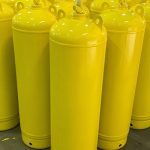
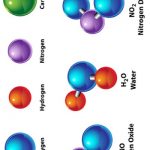
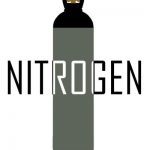
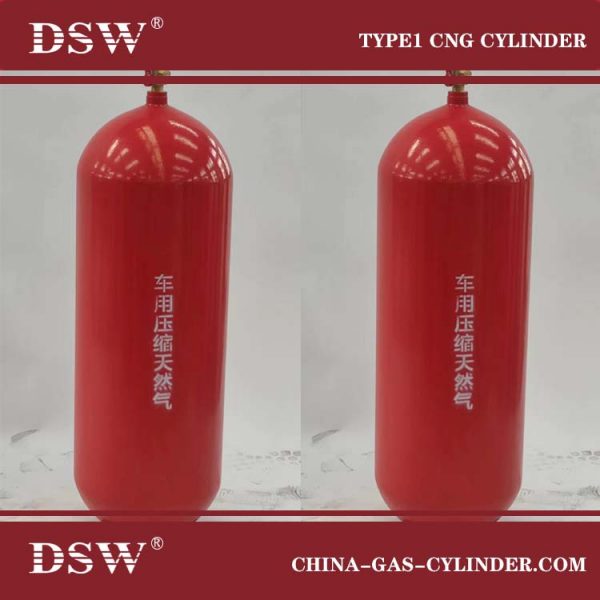
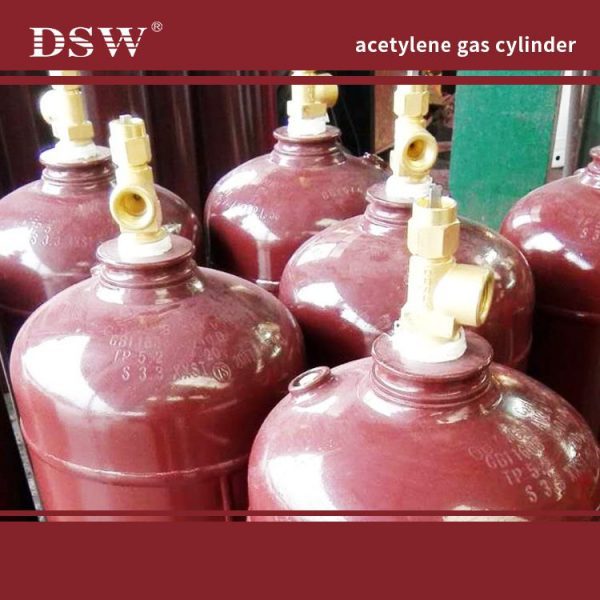
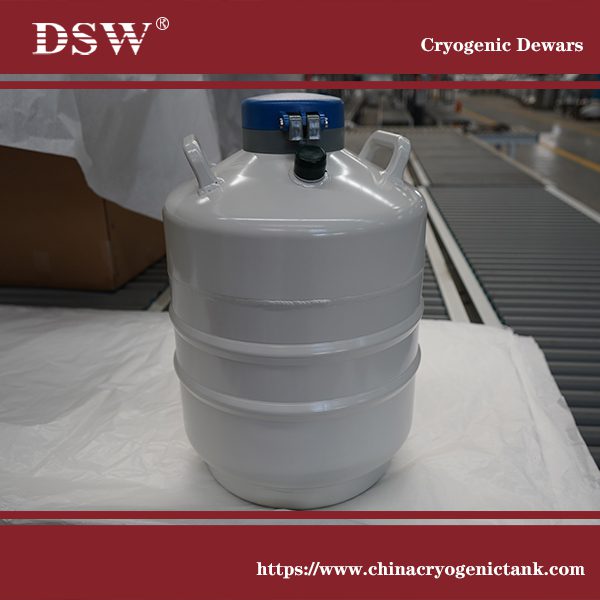
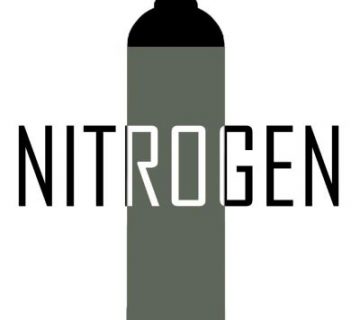
No comment